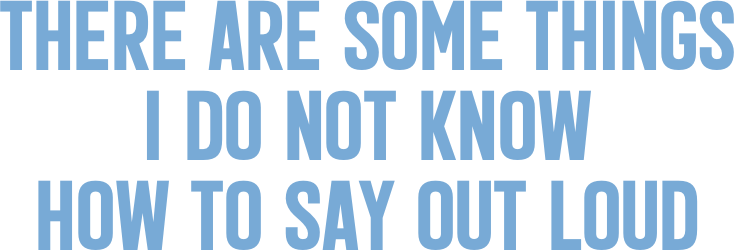In third grade Social Studies, we decorated paper hot air balloons to display the different ethnicities in my class. In the brown Crayola colored basket was my school picture and on the red, orange, yellow, green, blue, and purple colored balloon was my ethnicity, written in my tiny graphite handwriting. Japanese. I remember looking over at my classmates’ hot air balloons. In awe at the girl who had so many commas between Hawaiian, Filipino, Portuguese, Chinese, Japanese, and Spanish, she barely had room around her words to color. I will never understand how the boy couldn’t remember all that he was. He kept erasing and rewriting Irish, Dutch, German, and French. Growing more hesitant with each letter he wrote, perhaps wondering if there was a neighboring country he was missing. I was amazed by another classmate who recited the percentages of who he was, as if it helped him to color within the lines. 10% Portuguese, 16% Hawaiian, 25% Filipino, 8% Japanese, 16% Chinese, 20% Chamorro, and 5% African American.
When I would meet someone for the first time they would always ask me, “so what are you?” The tanned skin and American accent threw them off. I would reply with a forced smile, “Japanese.” Period. But they were waiting for the commas. I thought you were Hawaiian. Are you sure you’re not part Korean? You look Hispanic to me.
My dad is 100% Japanese. My mom is half Japanese, half Okinawan. But I stopped trying to explain the difference after a White man argued that Okinawan and Japanese are the same ethnicity. I keep the history books at home and say Japanese. Period.
I never felt like I fit in growing up as a full Japanese-American in Hawai‘i, a melting pot. But I didn’t fit the mainland Japan image either. My skin wasn’t fair enough, I couldn’t use chopsticks like they were an extension of my fingers, and I was embarrassed to speak the little I knew of the language my grandma thought in. I didn’t grow up reading manga or watching anime. I am Buddhist, but only during New Year’s and at funerals.
Whatever I was taught, it was never enough. Someone always knew more. Like my half-Japanese and half-Caucasian friend who told me I had no authentic ethnic background because he can speak Japanese and I can’t. He tried to preserve the local Hawai‘i culture he never embraced growing up while he attends school in the mainland. I remember a Japanese classmate who would only eat using chopsticks and drink Japanese brand beers. Clinging onto her culture like a crutch, I always wondered if she was trying to prove she was “Japanese enough” to those around her or to herself.
I remember being called a “Jap” when I was too young to really know what it meant but the intonation filled in the gaps. That day I became ashamed to be Japanese. At the time, to be Japanese meant spending New Year’s Day making mochi with my grandma and riding my bike in the street with my neighbors. It meant greeting my great grandparents in their butsudan and sleeping over friends’ houses. There was never a separation between being Japanese and being American but that day I felt a crack inside of me that has only continued to grow.
I do not feel whole. But I would be preaching to the wrong choir if I were to say this out loud. How can I say I do not feel whole as a full Japanese-American living in Hawai‘i, a string of tiny islands that only when combined form a whole state? How can I say it to biracial friends who never felt like they were enough to identify with neither mother nor father so just weren’t anything at all? To friends who don’t know where their dad is, half of their family history lost. Who am I to say to them that I do not feel whole?
Pieces of me are dissected and labeled—at the end of the semester, my professor told me I was a “good little Japanese girl” because I did the work and never complained. Parts of me I learned to be ashamed of—I never told my coworker that the Japanese music she was studying for her music course that sounded “screechy” to her, soothed me because it reminded me of cool summer nights dancing in Obon festivals. Parts of me I learned to hide away—my mother warned me that I shouldn’t bring tsukemono and rice for lunch because others will not like the smell. But these parts of me are all of me. I learned to be inadequate because of a lack of commas or a lack of not being “Japanese enough” despite that being all I ever was and all I ever could be.

Toni Oyama grew up on O‘ahu. She is majoring in Elementary and Special Education with a minor in English at the University of Hawai‘i at Mānoa. She is excited to be working with Little Fiction | Big Truths for her publication debut!
© 2019 Toni Oyama. Published by LITTLE FICTION | BIG TRUTHS, August 2019.
Images from The Noun Project (credits: Studio Dayanarra Pantig).

THE 2019 FLASH NONFICTION ISSUE:




































